Registrability of Works of Art as Trademarks
Recently, the European Union Intellectual Property Office (“EUIPO”) and the Hungarian Intellectual Property Office (“HIPO”) have been asked in several cases to examine whether a work of art, in particular a painting, can be registered as a trademark.
If a work of art is protected by copyright, trademark protection can only be obtained with the express consent of the copyright holder. On the other hand, once copyright protection has expired, the work can be freely used (e.g. copied, published, performed), adapted or modified. So can they be re-monopolised by a third party as trademarks?
The mere fact that the mark applied for represents a work of art does not automatically constitute an absolute ground for refusal, but such marks may encounter problems due to lack of distinctiveness, public policy or bad faith.
The EUIPO recently refused more than twenty EU trademark applications representing paintings by famous artists, including Frida Kahlo. The applications were filed by the Mexican financial entity CIBanco and sought protection in Classes 9, 16 and 41. EUIPO found that consumers would perceive the marks as a mere reference to artistic works (whether or not their authors were well-known) and not an indication of commercial origin and refused them for lack of distinctive character.
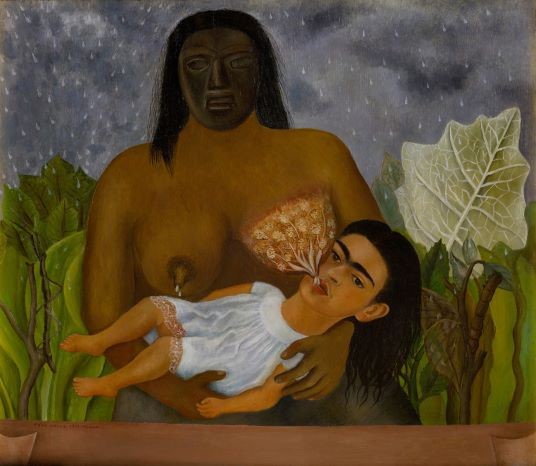
Similarly, in Hungary, IR 1694418 representing the Mona Lisa in black and white for goods in Class 11 was provisionally refused by the HIPO for lack of distinctiveness. HIPO found that the sign would be perceived as a decorative element rather than an indicator of commercial origin.
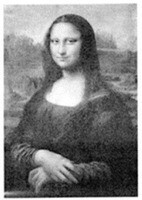
The IR was granted protection in France, Croatia, Estonia, and Finland, and provisionally refused in Austria, Benelux, and Singapore, besides the EU. This alone shows that there is no consensus regarding these issues.
Lack of distinctiveness may arise in particular in the case of well-known works of art. Such works are often used in advertising and the public may be considered to perceive them as marketing material rather than indications of origin. However, a striking adaptation or modification of the work may prevent such a refusal. EUTM 015050693, a modified painting of the Mona Lisa, is a good example:
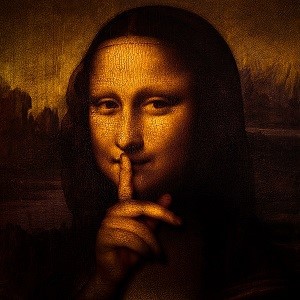
Trademark applications representing works of art may also be refused for other reasons. In the Vigeland case (reported by the Kluwer Trademark Blog), the EFTA Court was asked to determine whether the registration of trademarks representing works of art, for which copyright protection had expired, could be contrary to public policy or accepted principles of morality. The EFTA Court noted that such works of art, which form part of the cultural heritage, may enjoy a special status. The registration of such works as trademarks may be considered a misappropriation or desecration if trademark protection is granted for goods or services that are contrary to the values of the artist, but concluded that the refusal of a trademark application must be based on a genuine and serious threat to public policy.
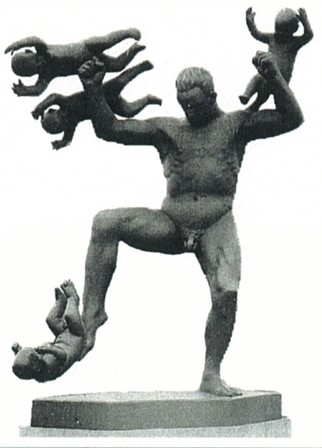
Bad faith was found in the case of EUTM 012575155, representing Banksy’s Flower Thrower artwork. The Cancellation Division held that the sole purpose of registering the trademark was to obtain an exclusive right as a substitute for copyright enforcement, which Banksy could not invoke as the artist wished to remain anonymous. While this decision became final, in a parallel case, the finding of bad faith was overturned by the Fifth Board of Appeal, as previously reported on this blog, and that decision became final.
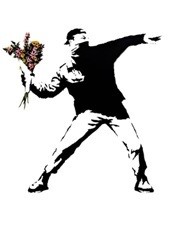
It seems right that truly famous works of art should remain in the public domain and not be re-monopolised by anyone. These signs have intrinsic value and belong to everyone. On the other hand, lesser-known works of art are like any other logo or device: they have no value as trademarks until their goodwill is built up. And if someone has made them distinctive, why deny them the monopoly?
Moreover, works of art that lend themselves to being used as brands and are in fact used as such by unauthorized third parties, as is the case in the Banksy cases, certainly can work as indicators of origin.
_____________________________
To make sure you do not miss out on regular updates from the Kluwer Trademark Blog, please subscribe here.


